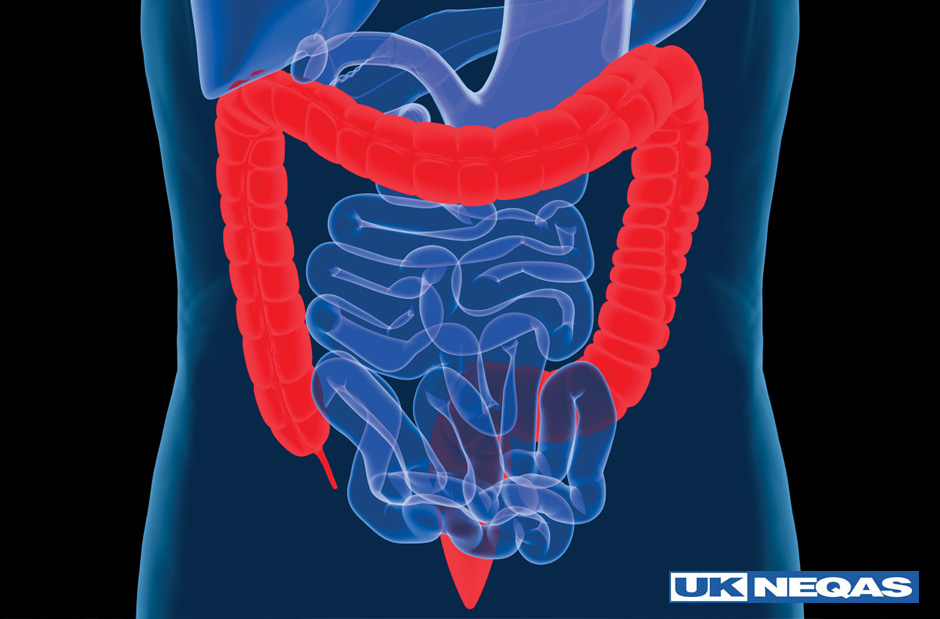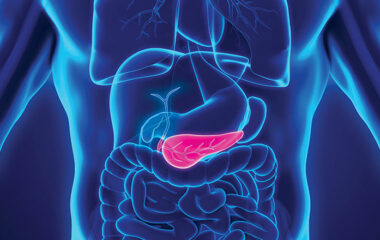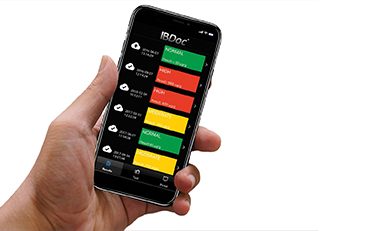- [email protected]
- +44 (0) 23 8048 3000
The Impact of Pre-analytical Variation on Faecal Calprotectin Analysis / Expert Opinion
- User : Jane French
- Establishment: UK NEQAS
- Resource: Reports
- Date: June 4, 2014
 As the Director of the UK NEQAS programme for Faecal Markers of Inflammation, I’m often asked why we sometimes see quite large differences between the Faecal Calprotectin results obtained by users of a single kit on the same homogenised external quality assessment (EQA) specimen. As is nearly always the case with such questions, there’s a long answer………….
As the Director of the UK NEQAS programme for Faecal Markers of Inflammation, I’m often asked why we sometimes see quite large differences between the Faecal Calprotectin results obtained by users of a single kit on the same homogenised external quality assessment (EQA) specimen. As is nearly always the case with such questions, there’s a long answer………….
Any test result issued from a Clinical Laboratory is a product of the pre-analytical, analytical and post-analytical stages of the procedure. Even relatively simple examinations such as plasma glucose are not without variation. For Faecal Calprotectin analysis in particular, there can be a large number of steps in the pre-analytical phase. Although manufacturers provide instructions with the test kit, the guidance given for each step within that process is open to interpretation and may be performed slightly differently by various laboratories for perfectly logical reasons.
The UK NEQAS programme provides all participants with identical samples of faeces in identical tubes but everything that happens to those samples after dispatch from UK NEQAS is subject to variation. For example, how long does it take for the samples to arrive at the participant laboratory? What temperatures have the samples encountered during their journey? How does the laboratory handle the samples upon arrival? Are they frozen, refrigerated or stored at room temperature, and for how long?
If the samples are frozen, is it at -20°C, -40°C, -80°C or another temperature?
We do ask our participants to extract the samples immediately upon receipt and freeze the extract if there will be a delay before analysis, but we do appreciate that this is not always possible.
When we examine the stages within the extraction process itself, there are further variables to consider:
- Faecal sampling techniques
- Manual-weighing versus faecal-sampling device
- If a device is used, which one? (Schebo Quick Prep, Roche Smart Prep etc.)
- Storage conditions of the extraction buffer:
- Age of buffer
- Storage temperature (what is ‘room temperature’?)
- Addition of extraction buffer to the sample:
- Multi- or single-channel pipettes
- Calibration / accuracy of pipettes
- Pipetting technique variation between individuals
- Use of a vortex mixer:
- Multi-sample or single-sample vortex mixers
- How vigorous are the different types of vortex mixers?
- Length of time on the vortex mixer
- Centrifugation
- Speed
- Time
These are just a selection of the variables that might occur with a ‘standardised’ UK NEQAS sample during the preanalytical phase. If we think about the inconsistencies associated with routine faecal samples arriving in the laboratory and how these might impact the final result obtained, perhaps we should issue guidelines to patients about how best to collect a sample of faeces for analysis. For example: do not collect faeces directly from the toilet bowl, do not sample mucus – only faeces, etc. etc.
The number of potential differences that might be encountered during only the pre-analytical phase is large. Adding the inherent variation in the analytical and post-analytical phases would go a long way to explain why different users of a single kit type might produce quite different results.
The available assays can give very consistent and reproducible results within a single laboratory, but minimising variability in the pre-analytical phase is essential if harmonisation of results within a kit type is to be achieved.
For more information please visit www.birminghamquality.org.uk
This article was published previously in Alpha Laboratories’ Leading Edge Newsletter – Summer 2014.
Click here to read more diagnostic articles published in Leading Edge




